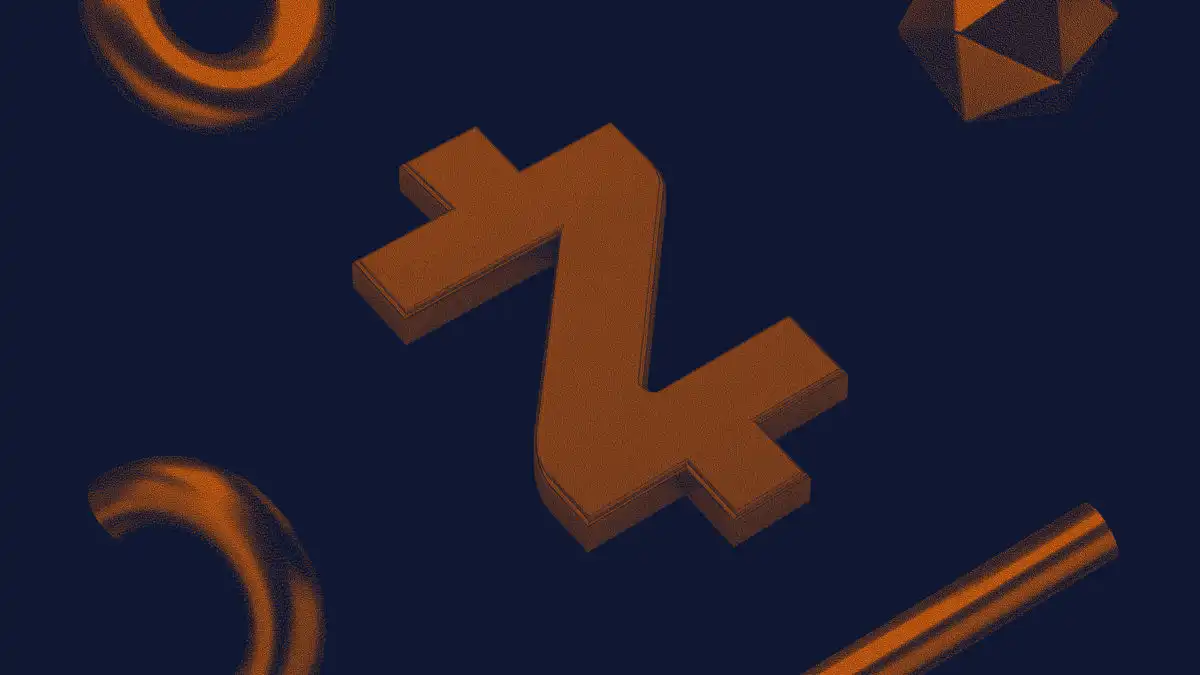From June 1st, Topology, StarkWare and the Starknet ecosystem will jointly launchStarkNet House, among which there are 11 summer education courses, and the completion of nine courses can qualify for the Hackathon. A total of 60+ projects signed up for the competition this time.
secondary title
simply speaking,
simply speaking,Starknet Recovery Service(SRS) is an asset recovery service deployed on Ethereum and serving Ethereum users using StarkNet proof of storage.
In response to the problem of users losing assets due to loss of private keys, developers @remi_gai, @park_eth, @nimapourjafar developed SRS. Users can fill in address A, specify a new address B, and customize a duration (such as 30 days) through the SRS website. When the old address has no transaction activity for a sustained period, the assets in address A will be automatically transferred to address B.

Unlike Argent's approach of trusting off-chain third parties, SRS operates in a completely trustless, non-custodial manner, and its entire process is carried out on-chain.This allows users to build more fault-tolerant wallet setups while retaining Ethereum's strong security guarantees. It is also a completely trustless wallet recovery service for accounts owned outside of Ethereum (traditional Ethereum EOA wallets, not smart contract wallets), powered by StarkNet on StarkNetproof of storageprovide support.

For more details, seeGithub repository、secondary title。
2nd Place: StarkNet Hyper Account Kit
 StarkNet Hyper Account Kit (SHAK)It is not a 2C application, but a developer toolkit, which is convenient for developers to develop better product functions.it is based onEIP-2938andEIP-4337These two Ethereum improvement proposals on account abstraction are developed.
StarkNet Hyper Account Kit (SHAK)It is not a 2C application, but a developer toolkit, which is convenient for developers to develop better product functions.it is based onEIP-2938andEIP-4337These two Ethereum improvement proposals on account abstraction are developed.
Developers can use SHAK to allow users to generate wallets in DApps without switching wallets or RPCs.Users only need to connect to MetaMask to create contract wallets and sign transactions on StarkNet; they can also use SHAK to let others pay gas on their behalf, such as an NFT issuer paying gas for whitelist users.
For more details, seeGithub repository、secondary title。
Third Place: Player vs AI On-chain Chess
Player vs AI On-chain Chess is an AI chess deployed on-chain where players play against AI. Except for the 6×6 simplification of the board, other rules are the same as chess.
The player is fighting against the AI engine. The player can manually adjust the difficulty of the game. The difficulty range can range from 3 to 20. The larger the value, the more difficult the game. Higher difficulty also comes with higher gas fees, but usually not particularly expensive due to deployment on StarkNet. When a player is about to lose, the game is automatically terminated.
The project currently does not have a front-end website, onlyopen source code base。




